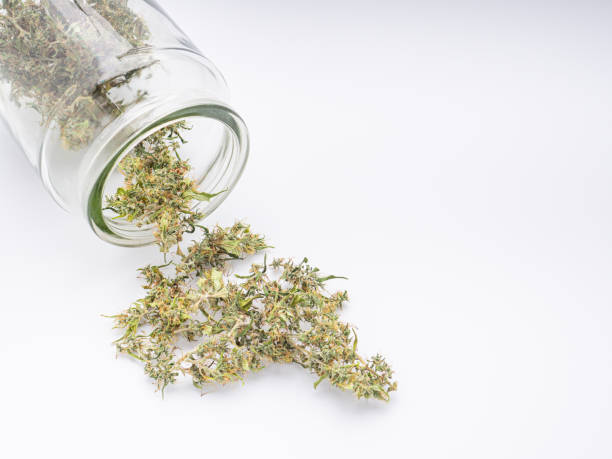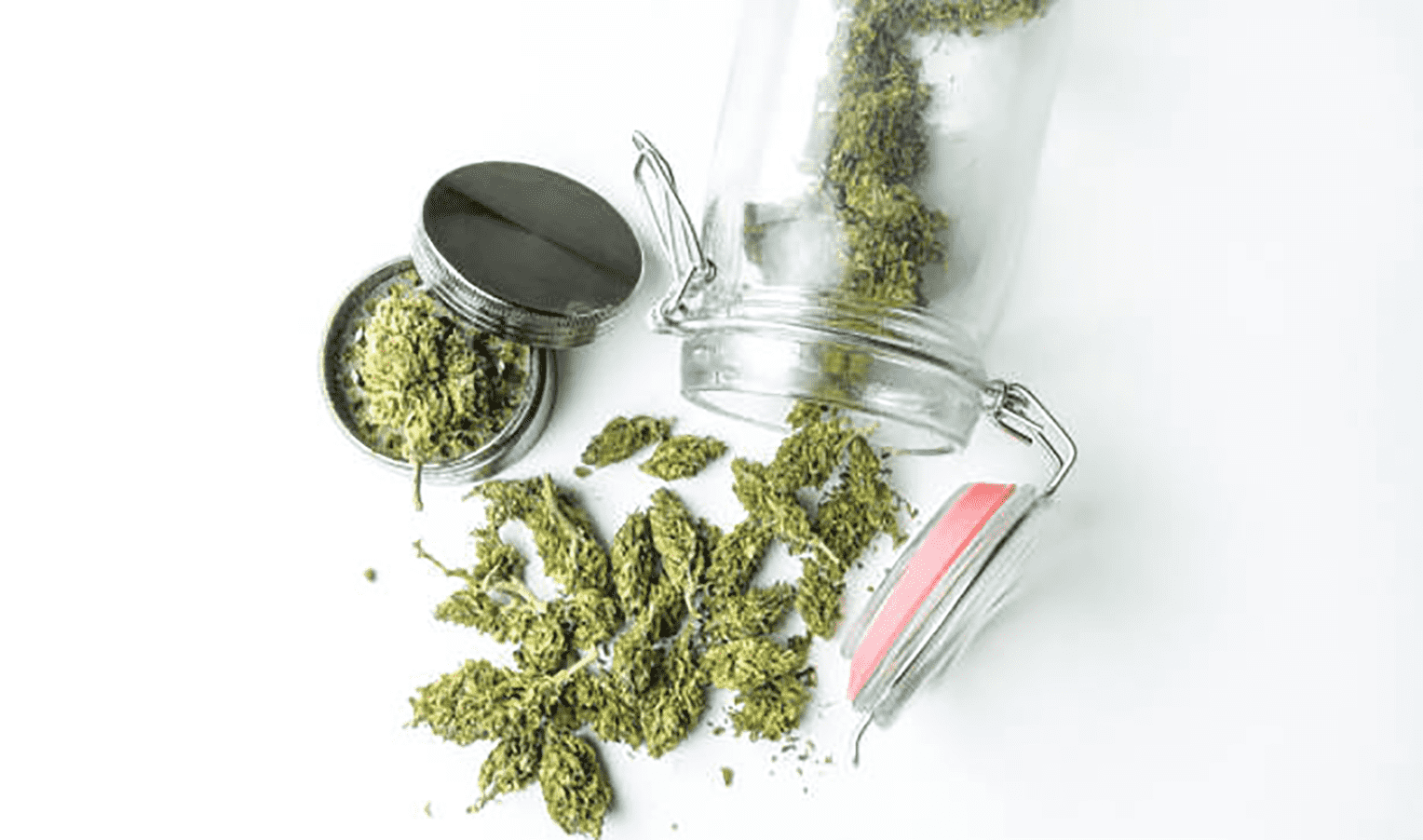The University of California has developed a method of biosynthesis of the main cannabinoids of Cannabis sativa L. in the yeast Saccharomyces cerevisiae using a galactose substrate. Their work brings to the platform the production of both natural and artificial cannabinoids for study in the development of treatments for various diseases. This was achieved by introducing enzymes of the cannabinoid pathway into yeast and manipulating the flow of internal pathways central to cannabinoid synthesis.
A key component of their biosynthetic approach was to exploit the plurality of multiple pathways and their fatty acid substrates to create cannabis analogs with different receptor binding affinities and potencies. 
Restrictions on the cannabis plant
Cannabis sativa has been cultivated worldwide for thousands of years. The study examines the constituents of cannabis and their analogues, demonstrating their potential medicinal properties. However, the study and clinical use of cannabinoids is limited by legal restrictions - as is the nature of cannabinoids, whose structural complexity precludes wholesale synthesis.**
To overcome this, synthesis in yeast represents an economical way to produce cannabinoids, as the repertoire of cannabinoids can be expanded and produced in larger quantities.
Exploiting the deceptiveness of metabolism in yeast
To achieve cannabinoid production in yeast, a group of engineers created a biosynthetic pathway. It started with establishing a pathway for the initial intermediate, olivetolic acid.
Olivetolic acid, along with the intermediate of the mevalonate pathway, geranyl pyrophosphate (GPP), are precursors of cannabigerolic acid (CBGA). CBGA is the main cannabinoid from which the others arise. This conversion is carried out by geranyl pyrophosphate:olivetolate geranyltransferase (GOT). In particular, CBGA is a precursor to tetrahydrocannabinolic acid (THCA) and cannabidiol acid (CBDA), as well as several of their other cannabinoids. GPP was produced by introducing an expression cassette encoding the genes of Enterococcus faecalis and overexpressing the gene of its own mevalonate pathway.
Hexanoyl-CoA, a precursor of olivetolic acid, was produced by an additional heterologous biosynthetic pathway involving genes from several bacteria and hemp itself. Alternatively, hexanoic acid was used as a substrate for the enzyme endogenous acyl-activating enzyme (AAE), which converts hexanoic acid to hexanoyl-CoA.
Overcoming the Challenge: Compensating for Lack of GOT Activity in Cannabis Keasling et al. failed to detect GOT activity in the hemp cassette.
To overcome this, the group identified a candidate prenyltransferase from hemp that exhibited GOT activity. The expression of genes encoding enzymes for the production of olivetolic acid was also introduced. The resulting CBGA was further transformed into THCA and CBDA through the action of cannabinoid synthetases. After heating, THCA and CBDA were decarboxylated to obtain THC and CBD, the main cannabinoids of interest.
Expanding the chemical space of cannabinoids.
Once intrinsic cannabinoid pathways were expanded, Keasling et al. exploited their ability to produce non-standard cannabinoids. Among them - cannabinoids that do not arise from internal pathways - and can be further derivatized with chemical groups, expanding the range of possible cannabinoid analogues.
Non-standard analogues are the object of active research, as they demonstrate potentially greater medicinal properties. One of the main pharmacophores, the region of the compound responsible for the biological/pharmacological interaction, is the side chain of THC, as it can modulate the cannabinoid receptor.
The group developed a biosynthetic approach to produce this form of the cannabinoid analog; for this, they used the deceptive nature of yeast metabolism and the nature of fatty acid precursors. The group determined that the function of the pharmacophore can be further altered by post-enzymatic modifications, resulting in side chains that are difficult to obtain by direct introduction. Proof-of-concept PTMs have been conducted, resulting in a range of products demonstrating an expansion of the chemical space available for modification.
The overall effect was to tilt the pathways to precursors and ultimately THCA analogs. This demonstrated the flexibility of the pathways, which allows for a greater variety of new cannabinoids that can be further chemically modified after production, increasing the pool of candidates for potentially clinically usable formulations.
New cannabinoids promise unexpected medical uses
The published work provides a framework for future large-scale fermentation of cannabinoids that does not depend on the cultivation of hemp. The ability to control the flow through these engineered pathways and expand the repertoire of cannabinoids promises a means to produce newer and more optimized drugs.



Write a comment